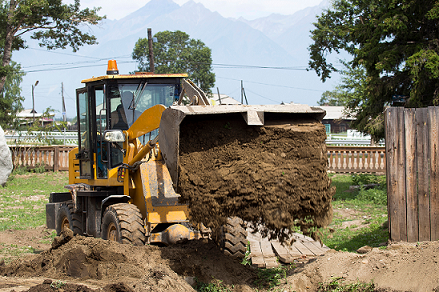 |
||||||||||||
|
||||||||||||
|
Top Story
Industry News
Source: Trenchless Pedia
Horizontal directional drilling (HDD), also known as directional boring, is a minimal impact trenchless construction technique used to install underground pipelines, conduits, cables or any other utility along a predefined path. This document will provide industry professionals with a deeper understanding of HDD and how to apply that knowledge to trenchless construction.
Source: Point of Beginning
Construction firms have come around to the notion that concrete scanning is vital to job site safety and efficiency.
Source: Association of Consulting Engineering Companies
Throughout Canada’s history, connective infrastructure has brought our communities together and linked people from across the country. Despite the strong foundations of these investments, in the last few decades Canada has fallen behind towards ensuring a consistent flow of core infrastructure.
Source: Smart Energy International
The QUEST consortium is being established to develop quantum computing applications for electricity power grids.
Source: The Verge
Some roads in the Pacific Northwest buckled. Workers ventured out in blistering conditions to put cracked concrete and asphalt byways back together. Steel drawbridges were doused with water to make sure they wouldn’t swell shut under the oppressive heat.
Source: CBS7
The Millennium’s current engineer, Ronald Hamburger, told CNN the building has now sunk and tilted 18 inches.
After years of lawsuits, hearings and finger-pointing, a retrofit announced last October will anchor the building to bedrock, which, to the derision of critics, had not been done originally.
Instead, the foundation was built into deep sand, experts determined that adjacent projects and a process called dewatering had weakened the soil under the tower, causing it to sink.
Source: Pocket
Da Vinci’s proposal was radically different than the standard bridge at the time. As described by the MIT group, it was approximately 918 feet long (280 meters, though neither system of measurement had been developed yet) and would have consisted of a flattened arch “tall enough to allow a sailboat to pass underneath with its mast in place...but that would cross the wide span with a single enormous arch,” according to an MIT press statement. It would have been the longest bridge in the world at the time by a significant measure, using an unheard of style of design.
|
||||||||||||
|











